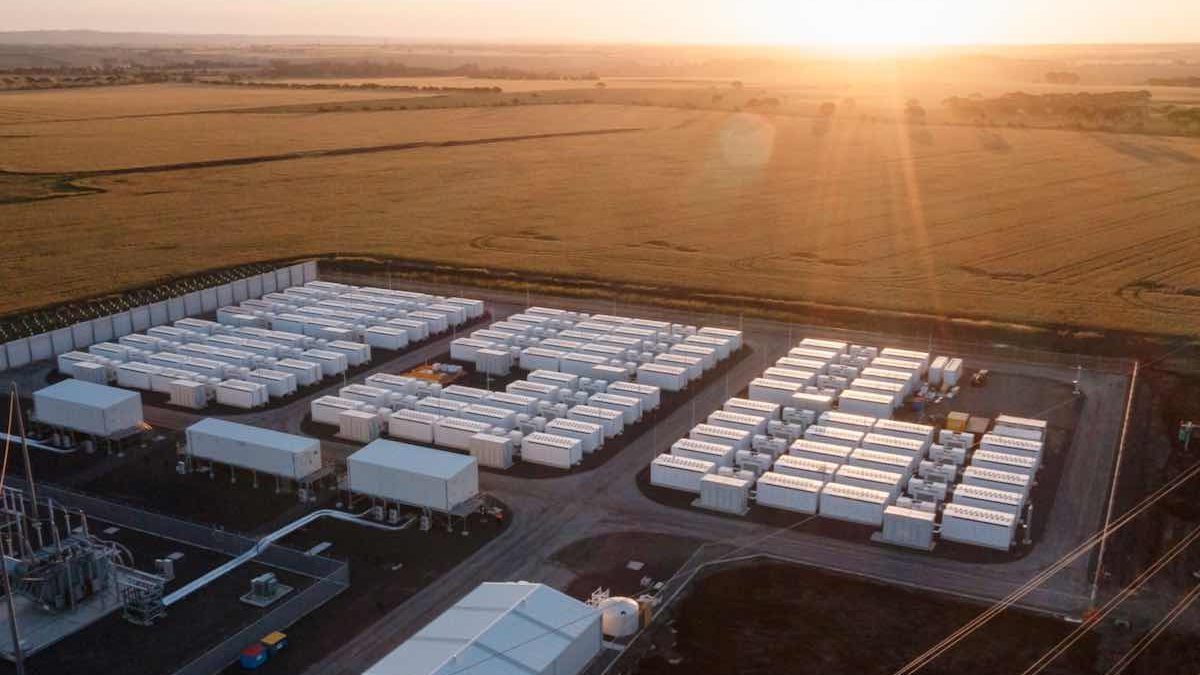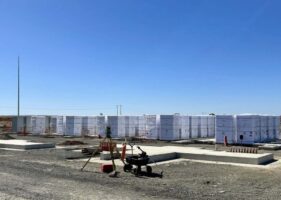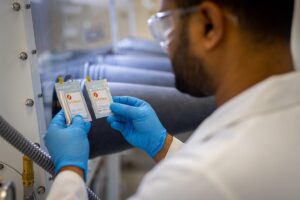South Australia and Victoria – the two states with the highest wind and solar penetration in the country – will be the first two states to hold auctions for storage under the Capacity Investment Scheme.
The identify of the first two states was confirmed in the bowels of the federal budget papers, which reveal that the Australian Energy Market Operator has been assigned nearly $10 million over the next five years to deliver those auctions, and work on a national rollout.
The Capacity Investment Scheme was agreed by the states after they dumped the capacity market proposal pushed by the Energy Security Board and favoured by the previous federal Coalition government, and which was labelled “coal-keeper” by its critics.
The new scheme is going to be focused on non fossil fuel technologies and will be based around the renewable infrastructure roadmap devised by the former NSW state Coalition government, and which is being continued by the new state Labor government.
There will be design modifications to meet the needs of other states, and the federal Department of Climate Change and Energy has been awarded $6.4 million to design the auction process, which is scheduled to begin in late 2023.
See David Leitch’s analysis: Australia needs a lot more four-hour batteries – but first we need the right policies
The fact that South Australia and Victoria will be the first to go should be no surprise. South Australia’s electricity demand has been met by an average of 70 per cent wind and solar over the last 12 months – and 80 per cent over summer – and is likely to reach net 100 per cent renewables within a few years.
Despite that world-leading penetration of variable renewable energy, the state has comparatively little storage, although two new big batteries – at Torrens Island and Tailem Bend – are working through their commissioning process and another is under construction at Blyth. They will join the Hornsdale, Lake Bonney and Dalrymple North batteries.
But as the state’s legacy gas plants begin to retire – most are expected to be shut down by the end of the decade, or soon after – there will be a need for more storage, and more long duration storage to deal with seasonal shortfalls.
Some of that long duration storage could emerge from the proposed 250MW green hydrogen power plant at Whyalla, which would be the biggest in the world if built along intended timelines by the end of 2025, and Vast Solar’s proposed solar thermal plant near Port Augusta.
South Australia also had half a dozen different pumped hydro projects that had lined up for funds from the federal and state government, but none has got to the stage of financial close, and most have been quietly shelved.
Victoria has also set formal energy storage targets of 2.6GW by 2030, and 6.3GW of storage by 2035, to help meet its upgraded target of 95 per cent renewables by the middle of next decade – which assumes that the last of its three brown coal generators are closed by then.
The federal government has not revealed how much money it is putting in to the underwriting of the capacity auctions, saying that the information is “commercially sensitive.” Federal energy minister Chris Bowen said last week he expected “gigawatts” of capacity to be auctioned.
NSW has already held the first of its renewable auctions, awarding more than 1.3GW of wind and solar capacity, and a contract for the country’s first eight-hour battery.
The strike prices for the wind and solar were low – sub $35/MWh for solar and sub $50/MWh for wind – but that’s because their mechanisms, known as Long Term Energy Service Agreements (LTESAs) provide what amounts to a floor price, which poses little risk to consumers.
The price offered for the Limondale battery was not revealed.
Other states have mostly used mechanisms known as “contracts for difference,” which set a price and protect project owners if the market price falls below that, and rewards governments and consumers if the market price stays above that. That has been credited with keeping electricity prices stable in the ACT.
The budget papers indicate that the federal government will work with the NSW government to deliver more auctions in 2023 – which possibly indicates a fast-tracking of the auction process, and possible sharing of costs.
NSW had intended to operate a second auction, seeking another gigawatt of renewable capacity and more storage, which was due to open later this month.
But there have been calls to accelerate the process to ensure enough capacity is in place in time for the schedule closure of the country’s biggest coal generator, the 2.8GW Liddell facility, in August, 2025.
It is not yet known how the Capacity Investment Scheme will work in states such as Western Australia and Queensland, which have large publicly owned utilities.
W.A. has just announced $2.3 billion in funds to build the country’s biggest battery at the coal centre of Collie (500MW and 2000MWh), and another four hour battery (800MWh) at the site of the shuttered Kwinana power station, which will sit next to the state’s first big battery (200MWh) that is now going through its commissioning process.
Queensland, meanwhile, has outlined its own ambitious storage plans, including a series of big batteries to be built next to existing coal generators by Stanwell and CS Energy, and two massive pumped hydro projects destined for the north and centre of the state.











